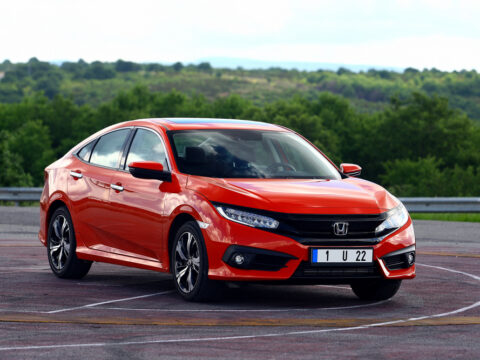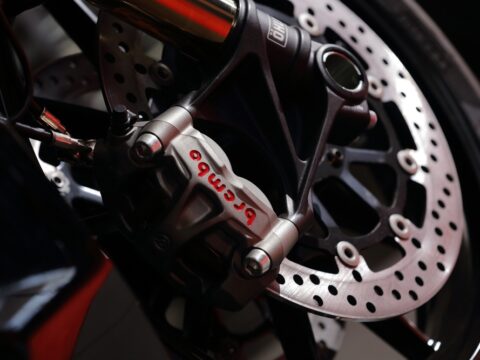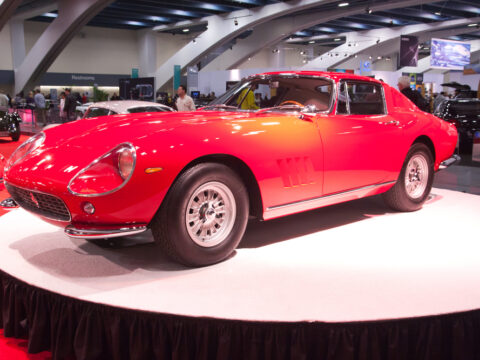Tanks have played a pivotal role in shaping military history, with many becoming iconic symbols of their time. While these armored giants once dominated battlefields, they have since been retired, giving way to modern advancements. In this article, we’ll explore 20 iconic historical tanks that have left their mark on history and are now resting in museums and memorials.
Contents
Panzer IV (Germany)
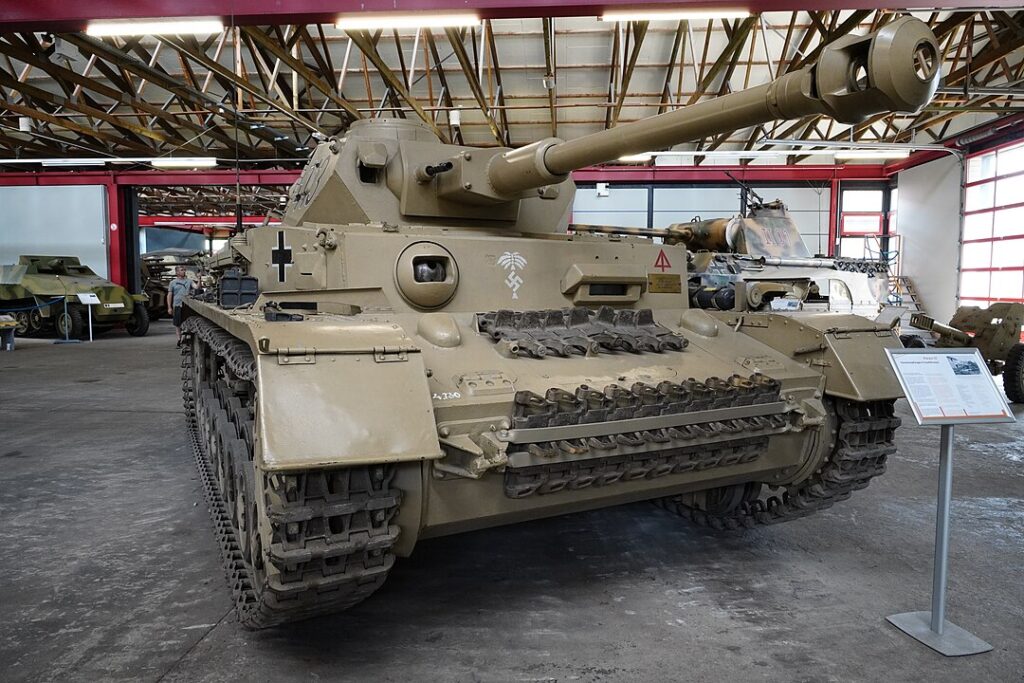
The Panzer IV was one of the most versatile and widely used German tanks during World War II. Known for its robustness and adaptability, it saw service from the early stages of the war to the very end. Equipped with a 75 mm gun and thick armor, it played key roles in various battles, making it a symbol of German armored strength.
Tiger I (Germany)
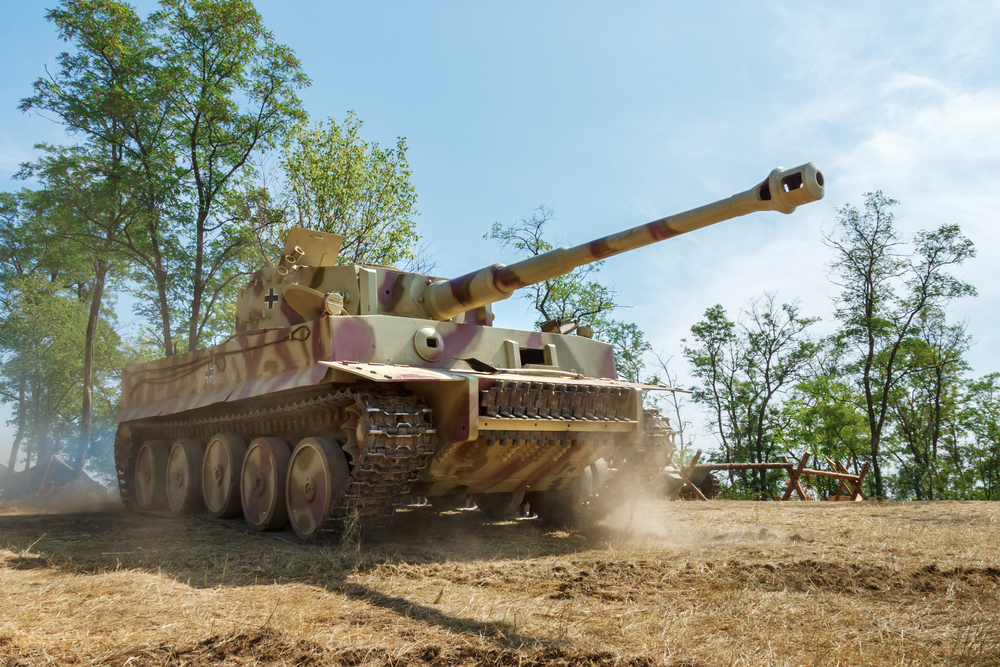
The Tiger I is perhaps the most famous tank of World War II, known for its formidable firepower and armor. Its 88 mm gun could destroy enemy tanks at long ranges, and its thick armor made it nearly invincible on the battlefield. Despite its mechanical issues and high production costs, the Tiger I left a lasting legacy in armored warfare.
Sherman M4 (USA)
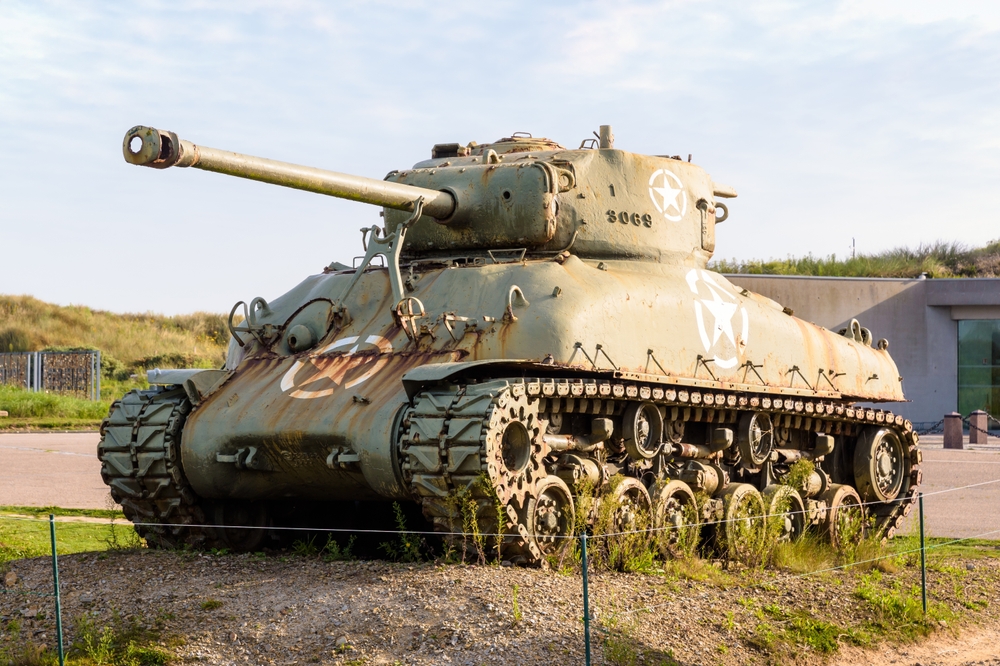
The Sherman M4 was the workhorse of the Allied forces during World War II. Its balance of mobility, firepower, and ease of production made it a key asset in the Allied victory. Equipped with a 75 mm gun and later models with a 76 mm, the Sherman could adapt to various combat situations, cementing its place in history.
T-34 (Soviet Union)
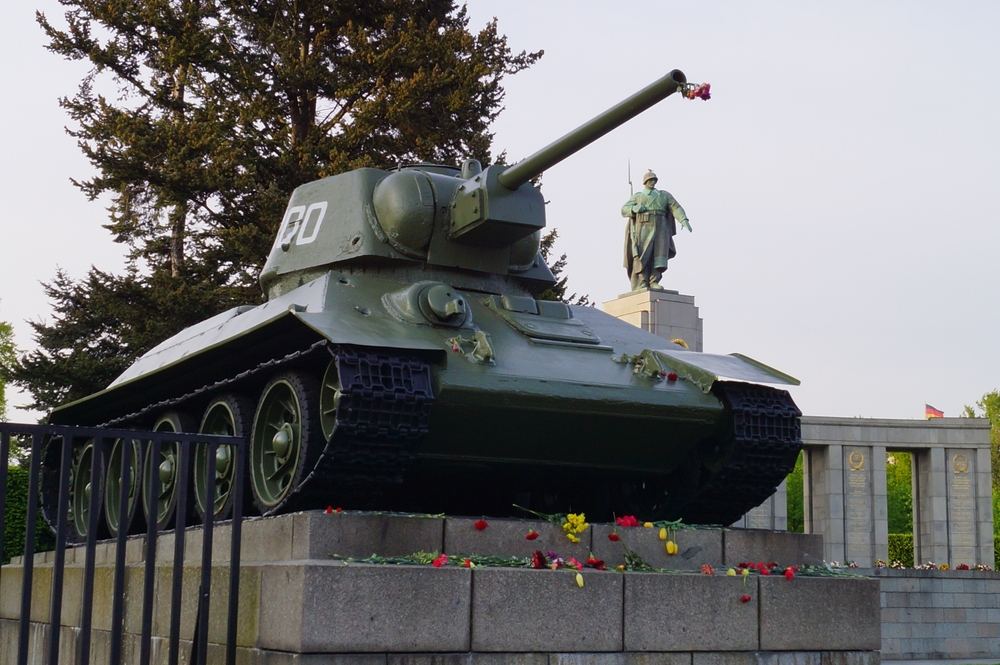
The T-34 is widely regarded as one of the most effective and influential tanks of World War II. Its revolutionary design, featuring sloped armor and a powerful 76.2 mm gun, gave it superior protection and firepower. The T-34’s reliability and mass production capabilities helped the Soviet Union turn the tide against the Axis powers.
Churchill Tank (UK)
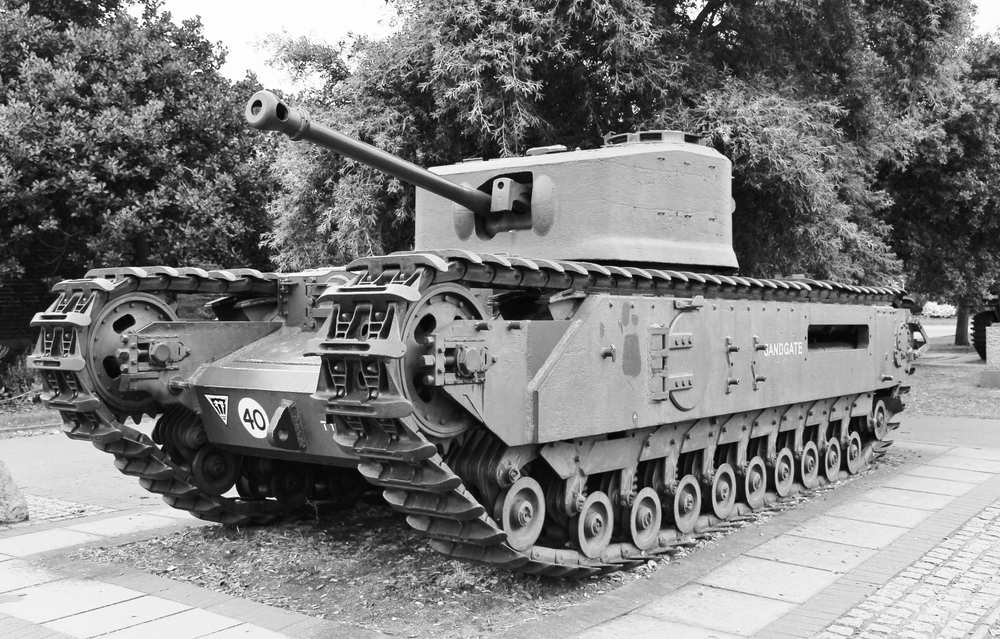
The Churchill Tank was known for its heavy armor and ability to traverse difficult terrain. Despite its slow speed, it was a formidable opponent in battle, equipped with a 75 mm gun and later models with a 95 mm howitzer. Its role in key operations, such as the Normandy invasion, highlights its significance in the Allied war effort.
Panther Tank (Germany)
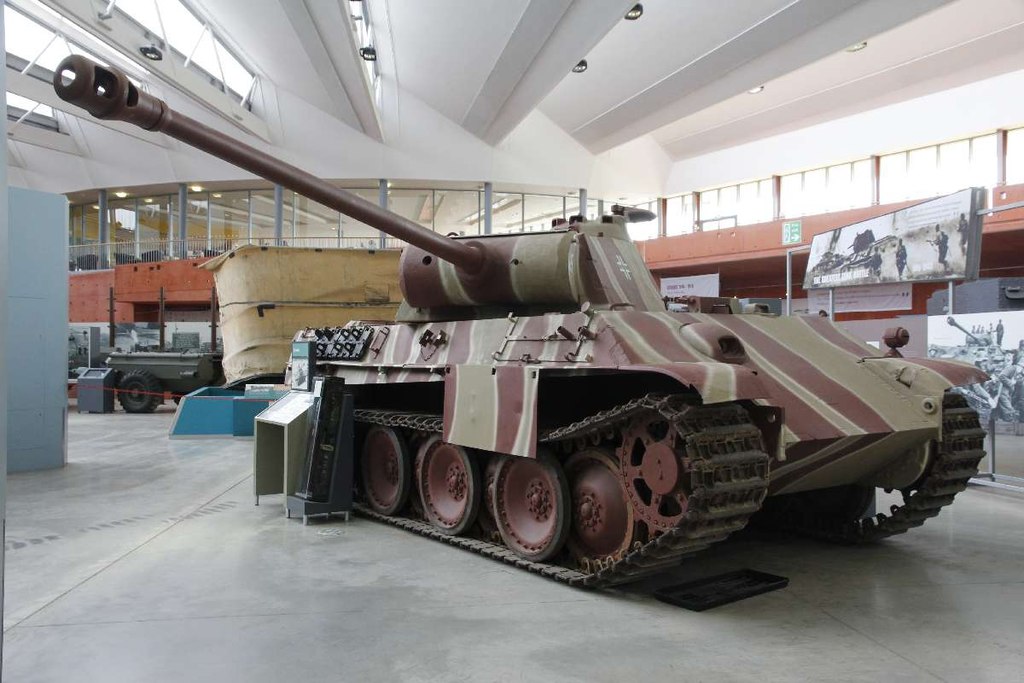
The Panther Tank combined firepower, mobility, and armor protection in a balanced package. Its 75 mm gun was one of the most effective anti-tank weapons of the war, and its sloped armor provided excellent protection. The Panther’s design influenced post-war tank development, making it an iconic vehicle of its time.
Comet Tank (UK)
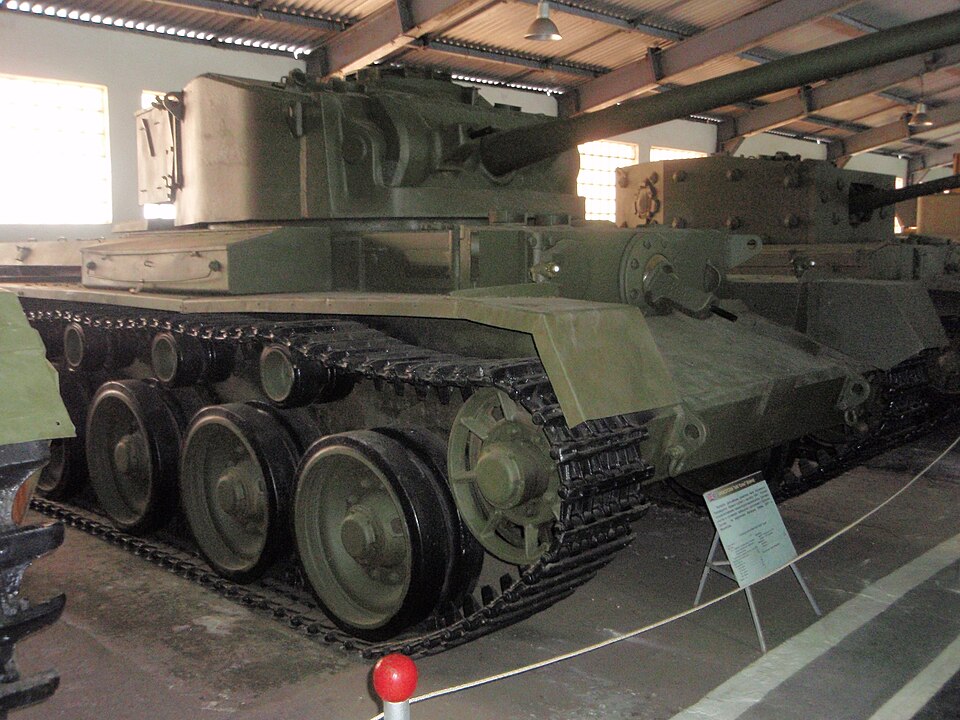
The Comet Tank was an improvement over earlier British designs, featuring a powerful 77 mm gun capable of taking on the best German tanks. Its speed and agility made it effective in the closing stages of World War II. The Comet’s design laid the groundwork for the post-war Centurion tank, showcasing its lasting impact.
T-26 (Soviet Union)
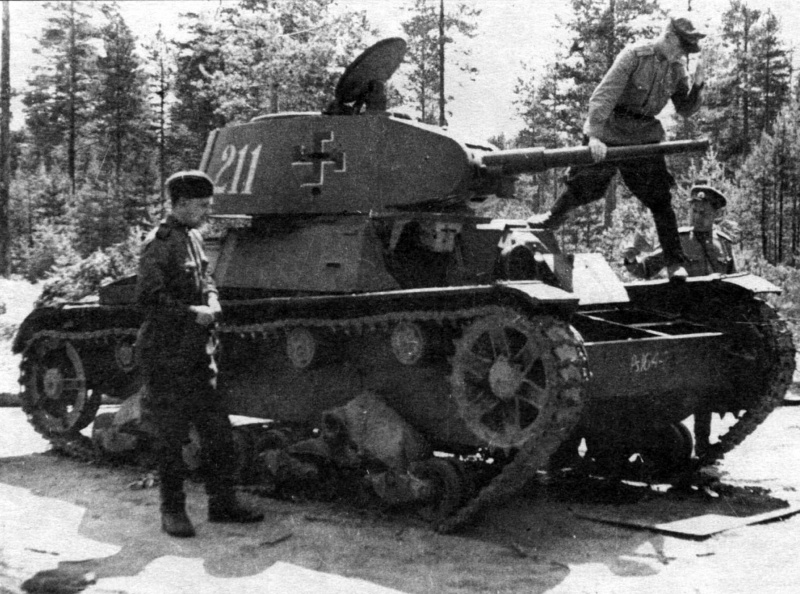
The T-26 was one of the most produced and widely used tanks of the interwar period and early World War II. Its simplicity and reliability made it a staple of the Soviet armored forces. Equipped with a 45 mm gun, the T-26 was effective in infantry support roles, although it became outdated as the war progressed.
Cromwell Tank (UK)
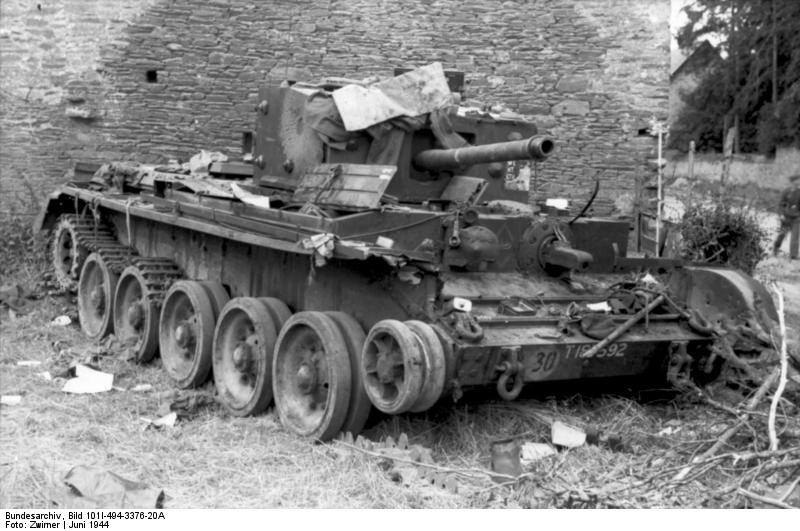
The Cromwell Tank was known for its speed and mobility, making it ideal for reconnaissance and exploitation roles. Equipped with a 75 mm gun, it provided a good balance of firepower and protection. The Cromwell’s performance during the Normandy campaign and subsequent European operations underscored its value to the British Army.
KV-1 (Soviet Union)

The KV-1 was a heavily armored Soviet tank that could withstand most German anti-tank weapons at the start of World War II. Its 76.2 mm gun and thick armor made it a formidable opponent. The KV-1’s resilience in the face of enemy fire exemplified the Soviet emphasis on heavily armored breakthrough tanks.
Pershing M26 (USA)
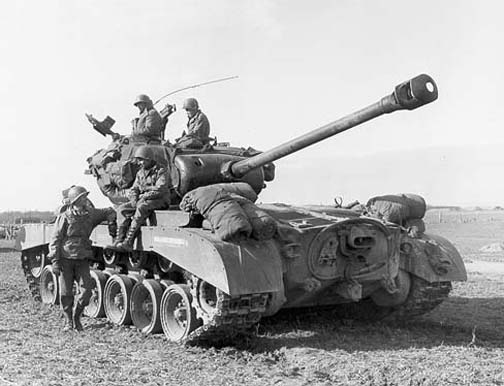
The Pershing M26 was one of the first American heavy tanks to see combat in World War II. Armed with a powerful 90 mm gun and well-armored, it could take on German Tiger and Panther tanks. The Pershing’s design influenced post-war American tank development, marking it as a significant advancement in U.S. armored forces.
Matilda II (UK)

The Matilda II was renowned for its thick armor and infantry support capabilities. Armed with a 2-pounder (40 mm) gun, it was nearly invulnerable to early-war German anti-tank weapons. The Matilda II’s performance in North Africa, particularly during the Battle of Arras, highlighted its strengths in early World War II.
IS-2 (Soviet Union)
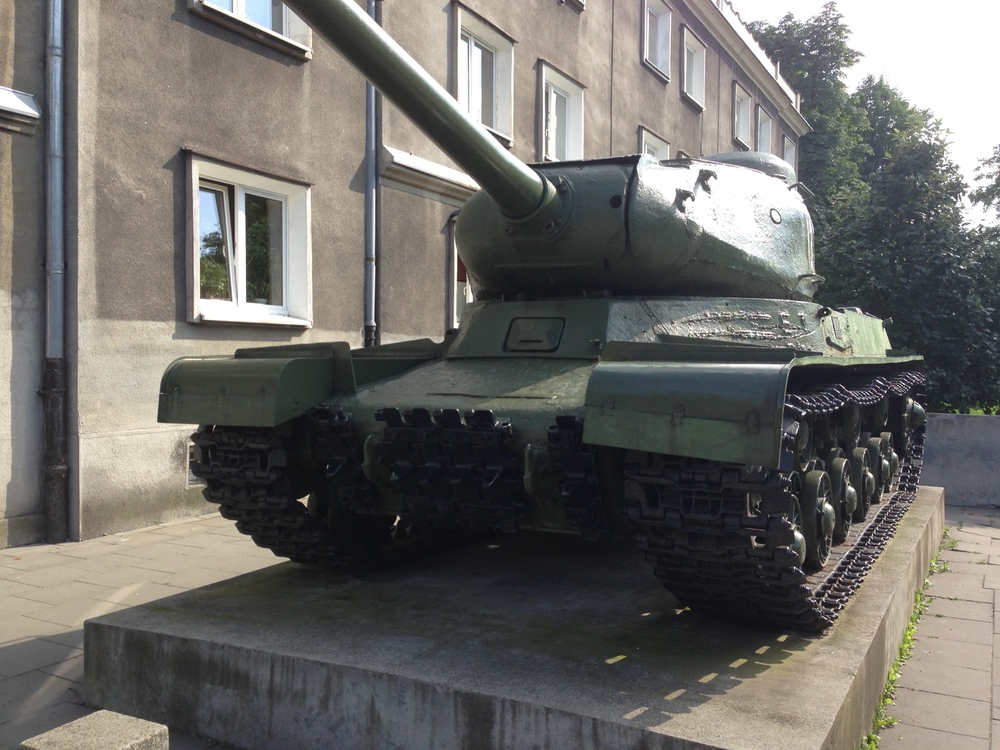
The IS-2 was a Soviet heavy tank designed to counter German Tigers and Panthers. Its 122 mm gun could destroy enemy tanks and fortified positions with ease. The IS-2’s role in the final offensives of World War II and its influence on post-war tank design make it a notable part of armored history.
Centurion (UK)
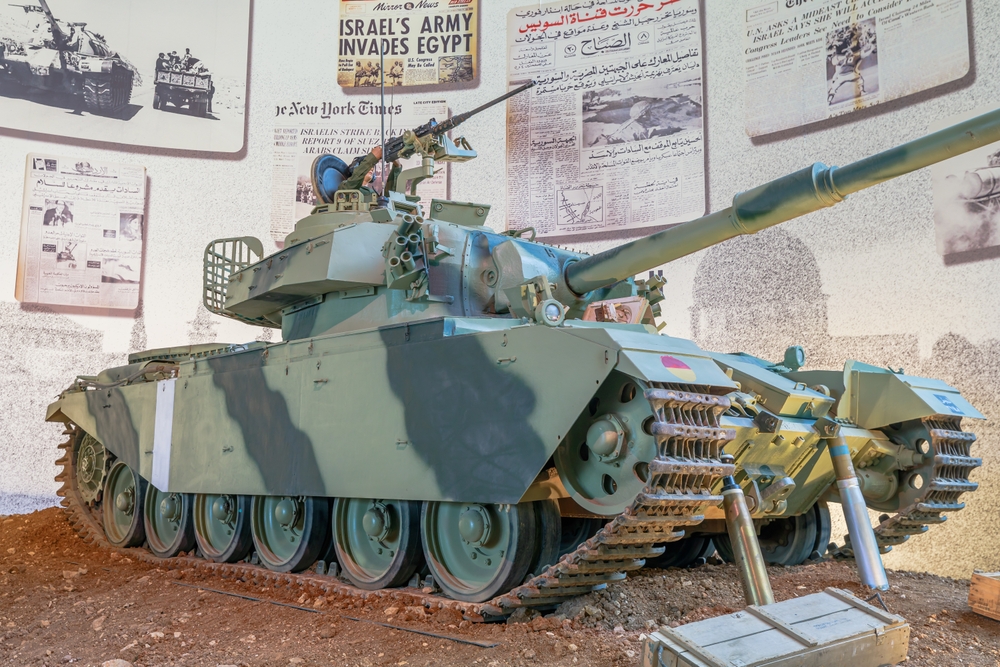
The Centurion is often considered one of the best post-World War II tanks. Initially designed during the war, it saw extensive service in the Cold War and beyond. Equipped with a powerful 105 mm gun and advanced armor, the Centurion set the standard for modern tank design and remained in service for decades.
BT-7 (Soviet Union)
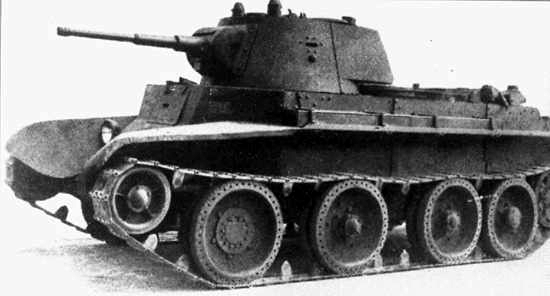
The BT-7 was a fast, maneuverable tank used by the Soviet Union in the early stages of World War II. Its Christie suspension system allowed for high speeds and excellent cross-country performance. Although it was outclassed by later tanks, the BT-7 played a key role in early Soviet blitzkrieg tactics.
StuG III (Germany)

The StuG III was an assault gun and tank destroyer based on the Panzer III chassis. Its low profile and 75 mm gun made it highly effective in ambush and defensive roles. The StuG III’s versatility and effectiveness against both infantry and tanks made it one of the most produced and successful German armored vehicles.
M3 Lee/Grant (USA)

The M3 Lee/Grant was an interim solution before the introduction of the Sherman. It featured a 75 mm gun in a sponson mount and a 37 mm gun in a turret. Despite its unconventional design, it performed well in North Africa and provided valuable experience for American armored forces.
M60 Patton (USA)

The M60 Patton was a mainstay of the U.S. Army during the Cold War. Armed with a 105 mm gun and featuring improved armor and mobility, it represented a significant advancement over previous models. The M60’s widespread use and longevity underscore its importance in American military history.
AMX-13 (France)
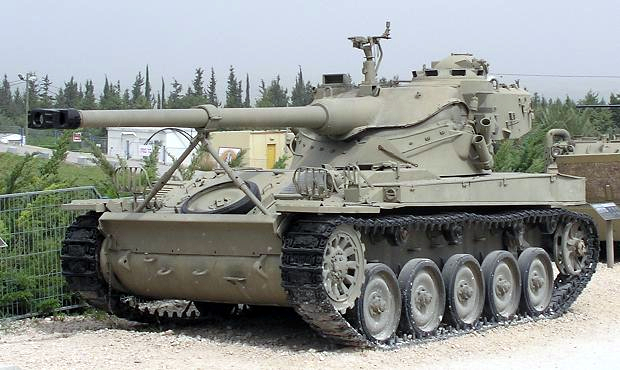
The AMX-13 was a light tank known for its oscillating turret and autoloading 75 mm gun. Its lightweight and compact design made it highly mobile and suitable for rapid deployment. The AMX-13 saw service in numerous conflicts and was exported to many countries, highlighting its international impact.
Chieftain Tank (UK)
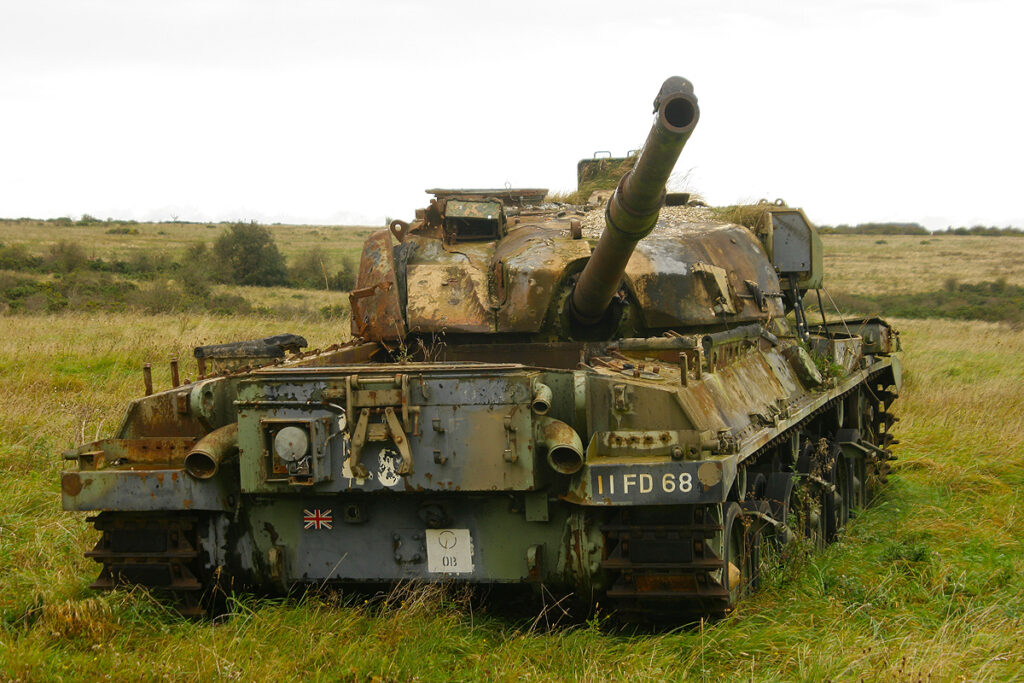
The Chieftain Tank was a main battle tank introduced in the 1960s, known for its powerful 120 mm gun and advanced armor protection. It set a new standard for firepower and survivability, influencing subsequent British tank designs. The Chieftain’s role in NATO’s defense strategy during the Cold War underscores its significance.
This article originally appeared in MyCarMakesNoise.
More from MyCarMakesNoise
20 Misconceptions About Race Cars You Probably Believe
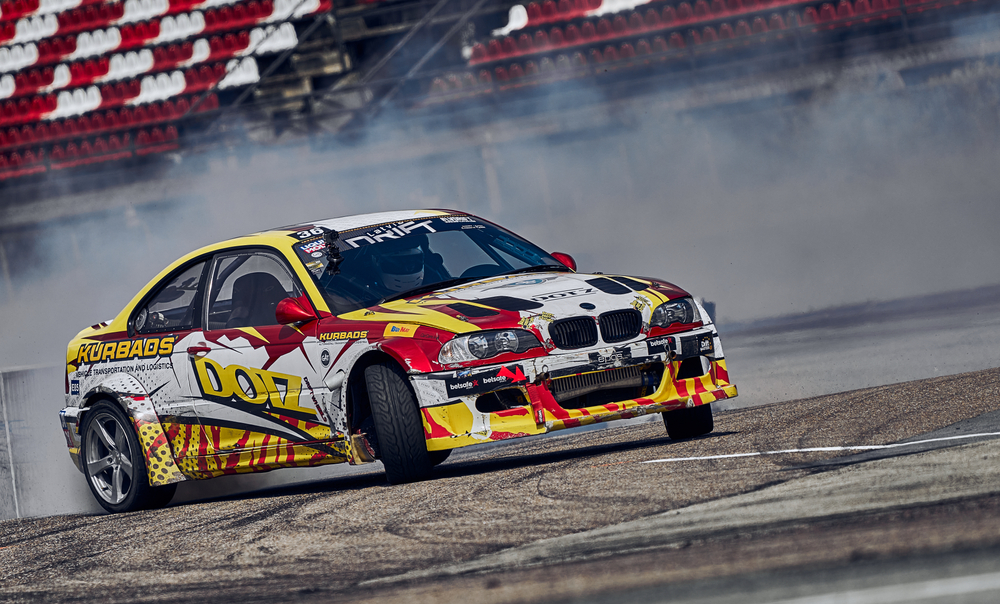
Race cars have long been the subject of fascination and intrigue, but with that comes a host of misconceptions. From the belief that they are simply souped-up street cars to the idea that they are only about speed, many myths surround these high-performance machines. Read More.
12 Unmanned Space Probes Exploring Our Solar System

The exploration of our solar system has been significantly advanced by unmanned space probes. These remarkable spacecraft have journeyed to distant planets, moons, and even beyond the solar system, providing invaluable data and breathtaking images. Read More.
15 Iconic Airplanes from Classic Aviation Movies

Aviation has always captivated audiences, and classic movies have brought some of the most iconic airplanes to the big screen. From World War II fighters to modern jets, these films showcase the beauty and power of aviation history. Read More.


